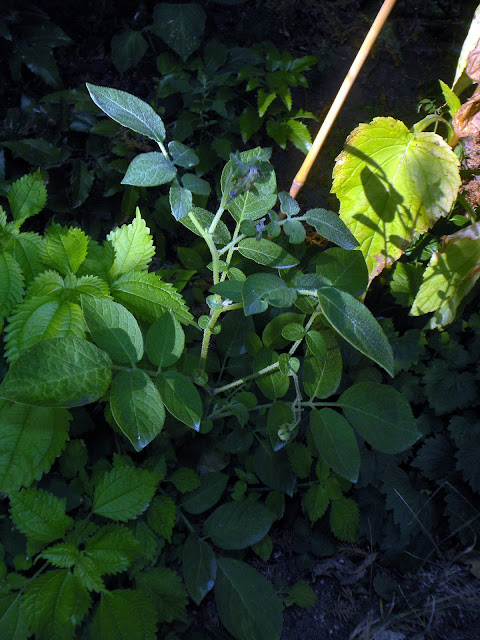Growing: It loses its aboveground parts in cold areas but regrow in spring from its roots. It is said to be very cold and frost hardy and I heard that it can survive winters outside without mulching in Europe as north as in Bulgaria (the rhizomes grow very deep, even below freezing zone in soil, so the plant can survive in frostly areas, although it is frost sensitive). It is self-incompatible and to creating fruits it needs at least two genetically different plants. In first year from seeds it starts to flowering in late summer, but later in next years, if plant is in good condition, it blooms from June to August or September and fruits starting to ripenning in August. It is pollinated by bumblebees (much larger than flowers, so the pollinating looks very interesting). It can be propagated by seeds (sown surface and kept moist, warm, in light place – easy) or dividing of rhizomes.
There are a few other Salpichroa species in South America - if You have available the seeds of any of them please write to me.



















































